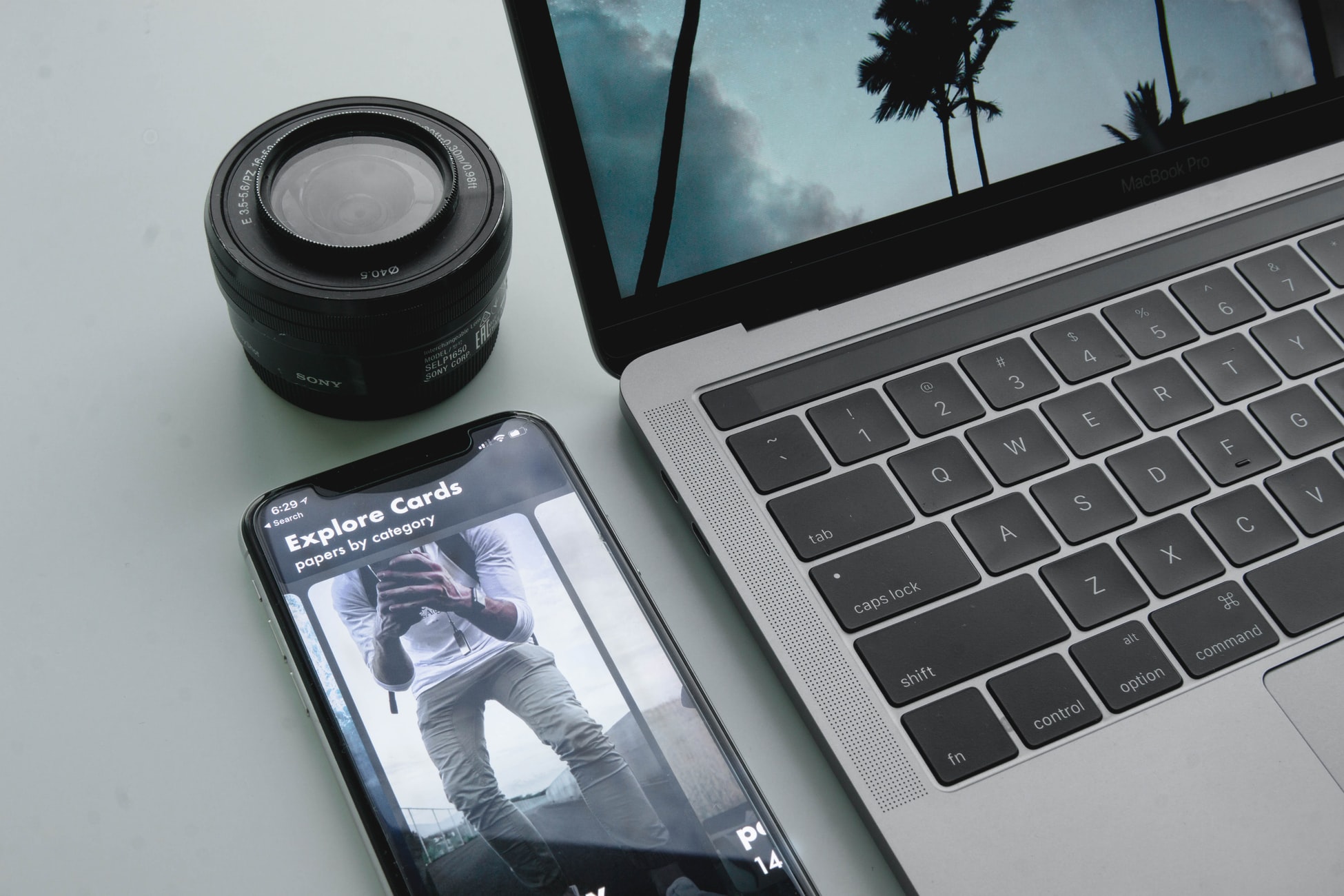Turning the tables into touchscreens
9. 9. 2021 | NARA Institute of Science and Technology | www.naist.jp/en
Everyday life is full of handheld devices that show videos and accept touch input. These include smartphones, tablets, or even the credit card reader at your local store. However, larger touchscreen interfaces remain expensive and slow to respond. Projection systems that are currently available need multiple detectors, because a single camera usually cannot distinguish depth.
Now, a team of scientists at NAIST has created a system that uses just one camera. They used a synchronized projector and camera to produce a touchscreen-like interface on a flat surface. Because the camera only registered the user's fingers when actually in contact with the surface, the need for any additional cameras, depth sensors, or light sources was eliminated.

The researchers took advantage of "slope disparity gating," in which the projector scanning the table is synchronized with the camera, so that it captures only the region slightly above the surface. Using a dedicated image-processing algorithm, the touch of a finger could be localized with high efficiency. Because the same light source is used to produce the projected video as well as detect touch, the algorithm was not misled by the projected image.
Read more at NARA Institute of Science and Technology
Image Credit: Unsplash
-jk-




